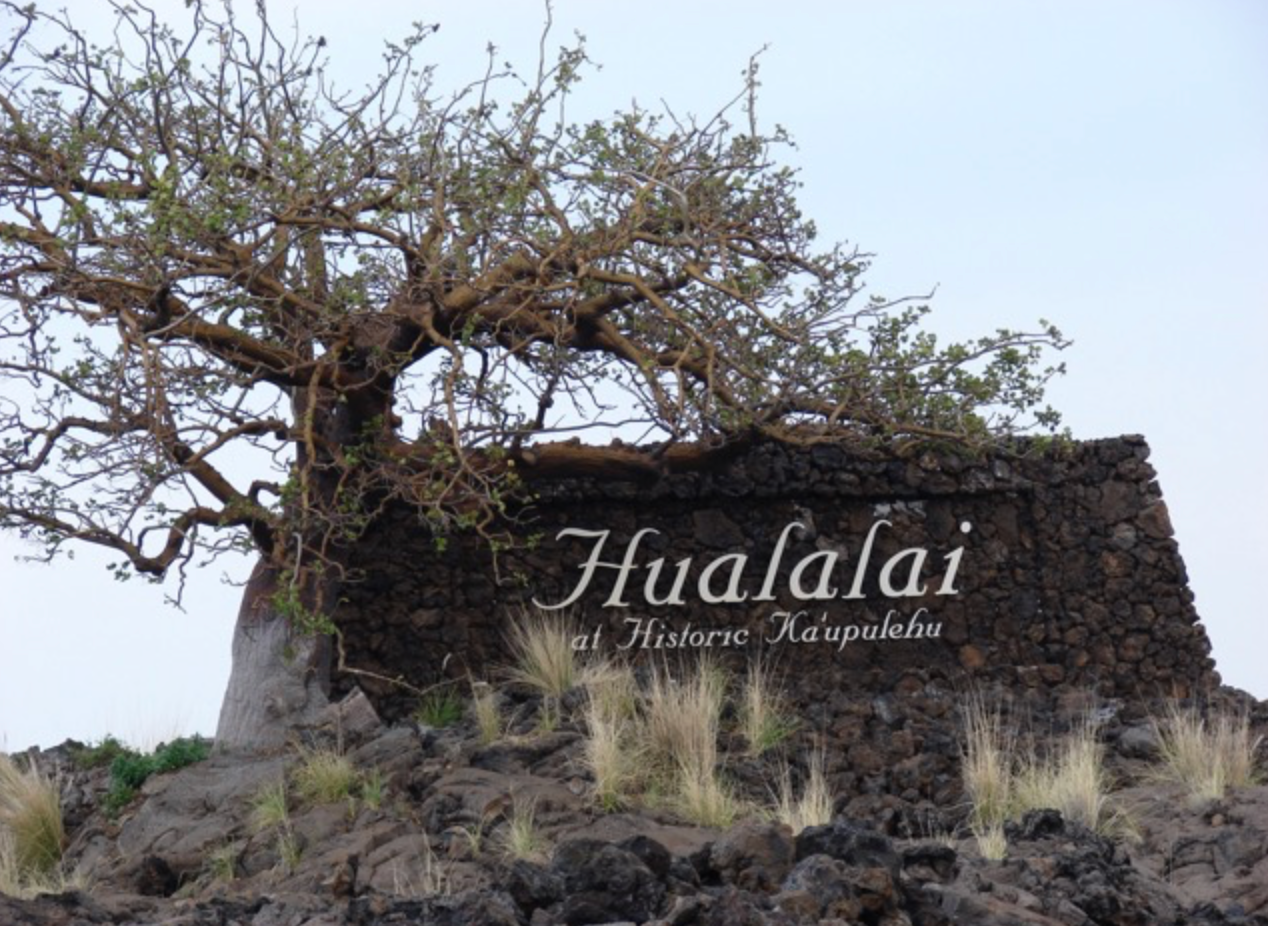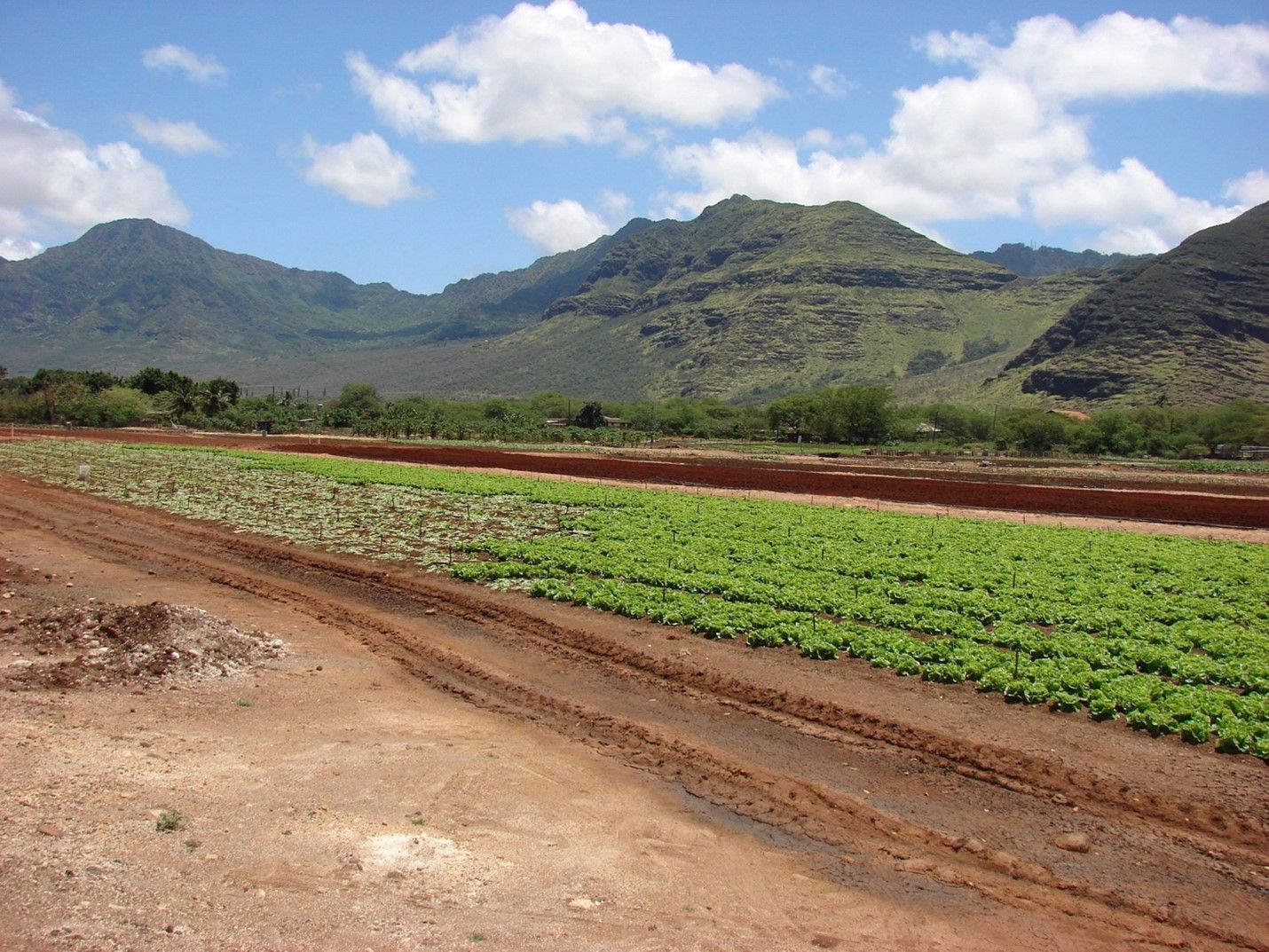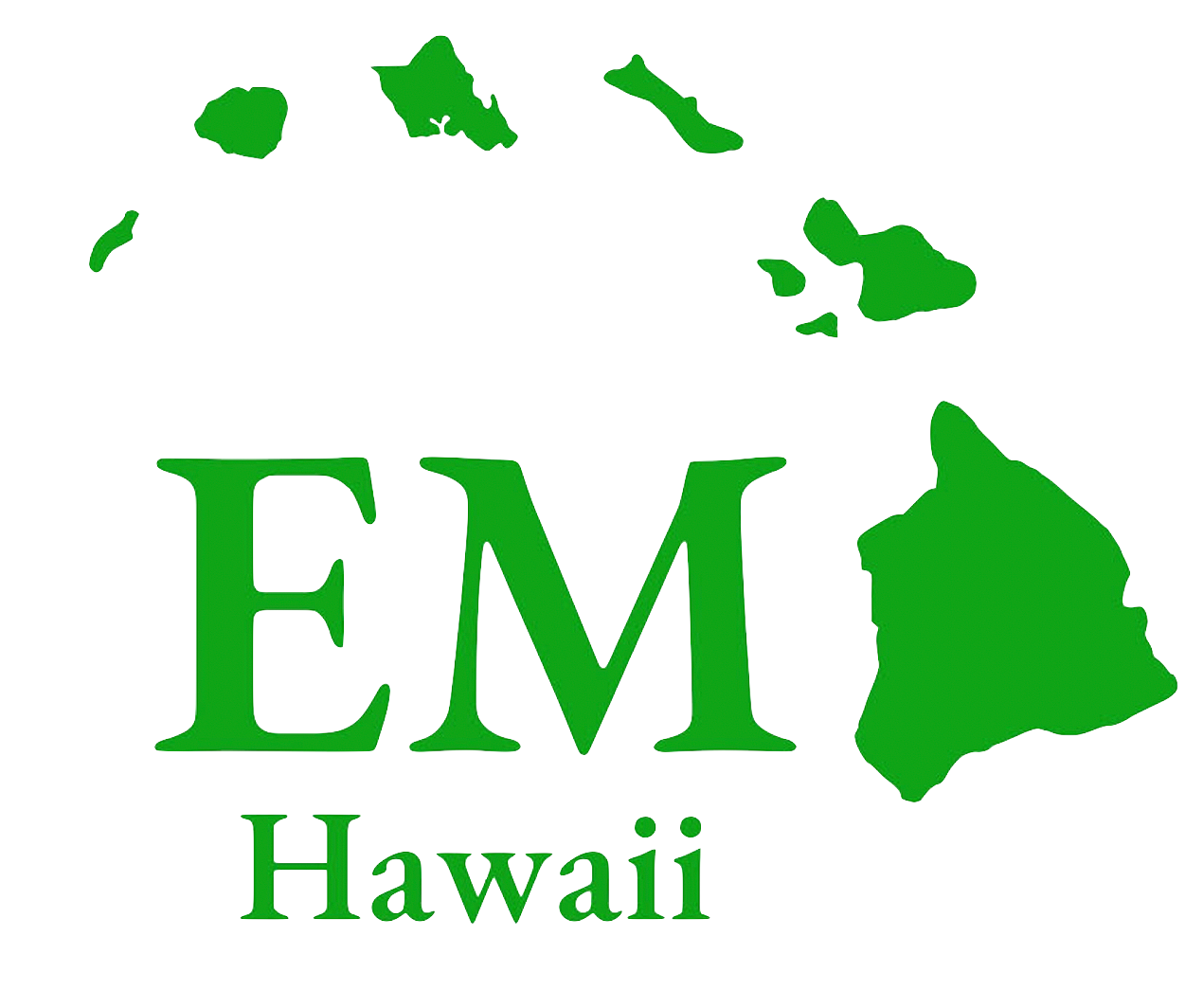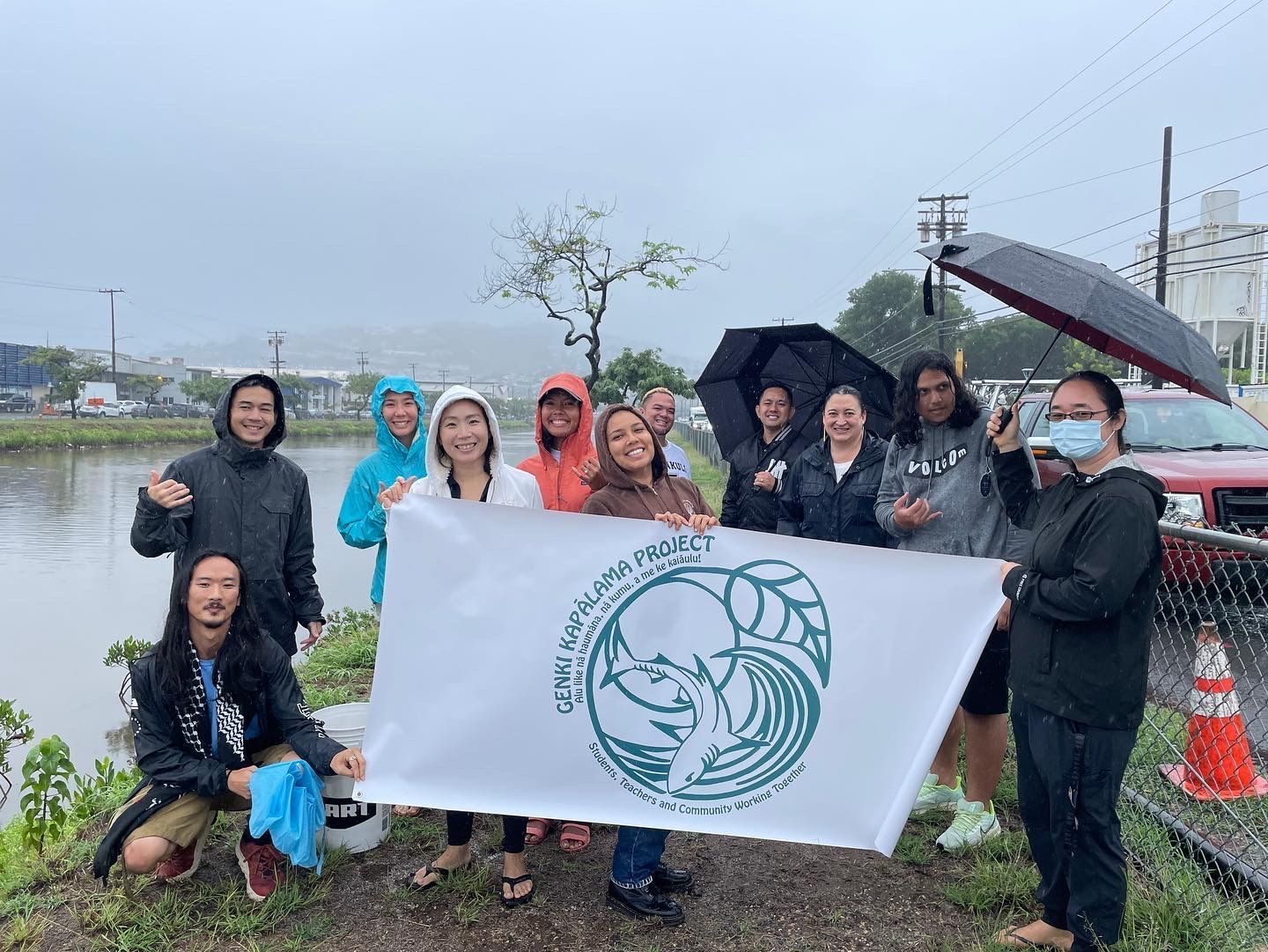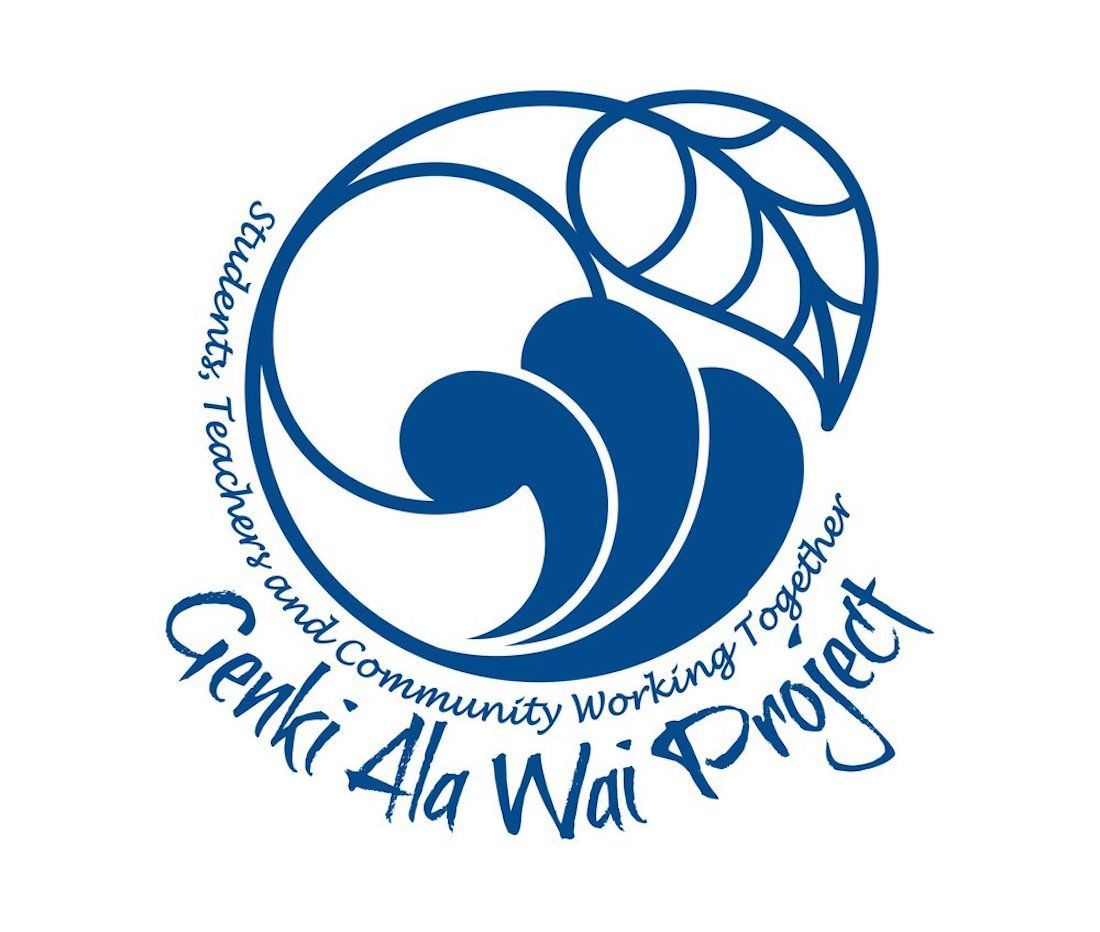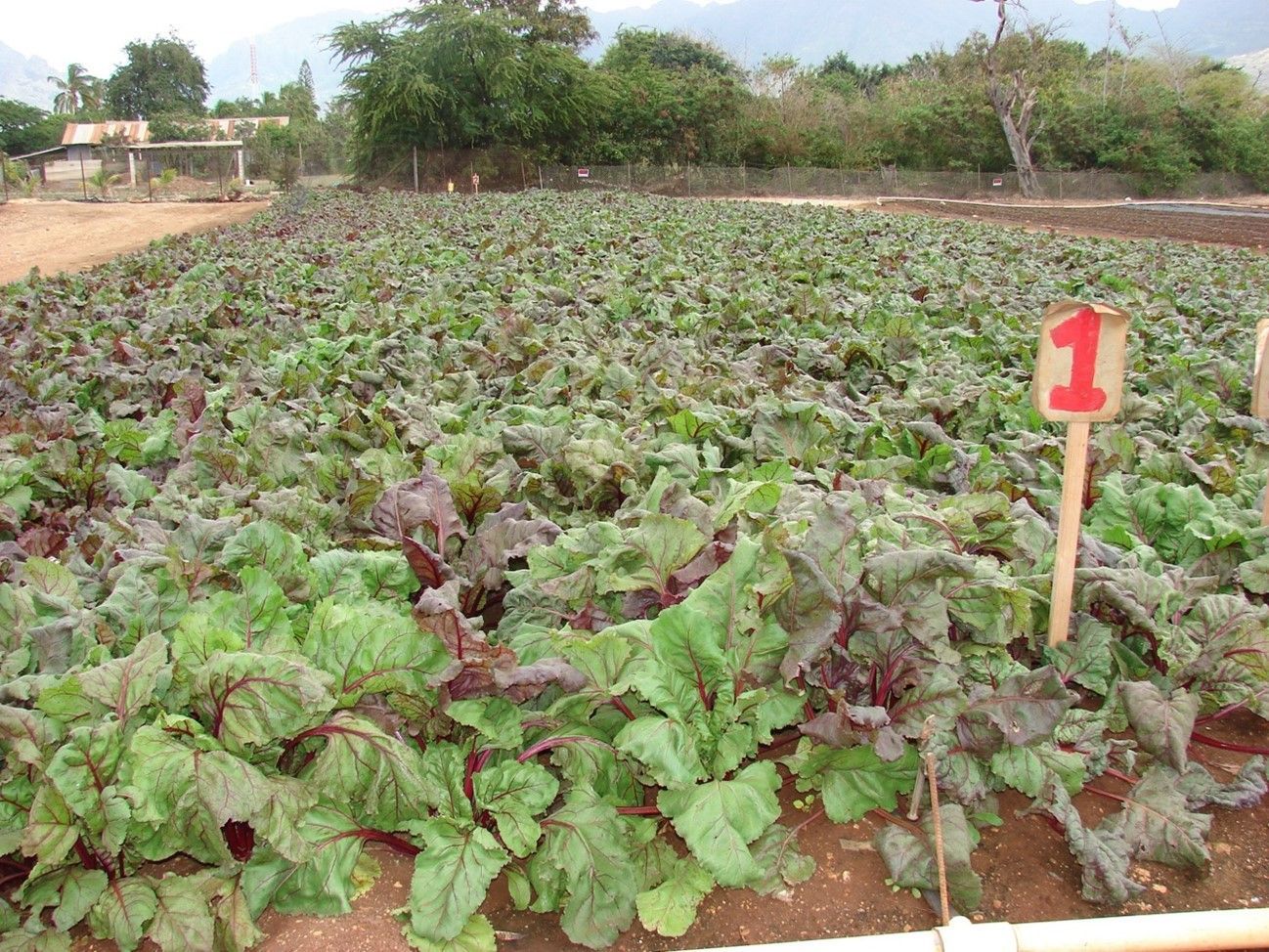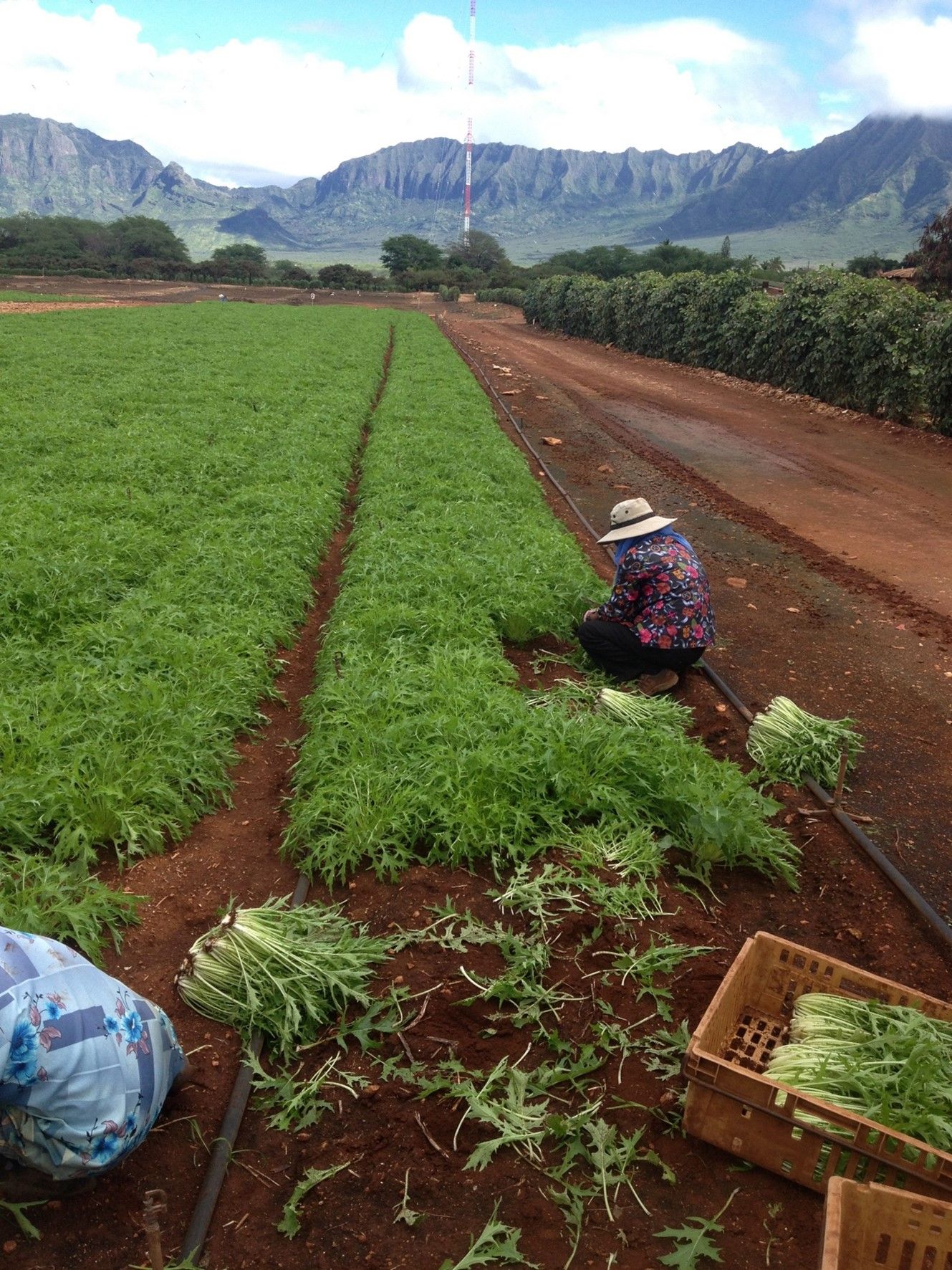Taro Field Day in Waimanalo - March 2018
Taro Field Day in Waimanalo was organized by the University of Hawaii Cooperative Extension Service, whose mission is to provide the public with science-based research and solutions to enhance the quality of life for citizens in Hawaii.
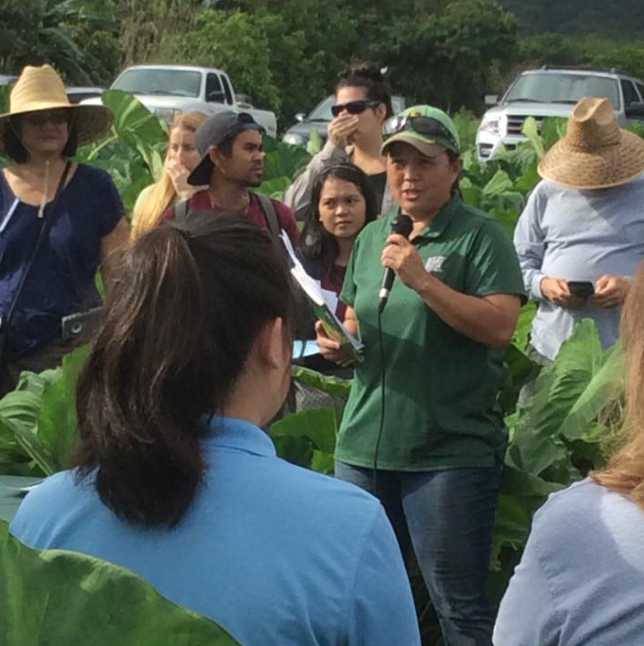
Jari, the Oahu Extension agent and organizer of the event, explained to the participants that just two weeks ago, she was still determining about holding the 2018 Taro Field Day due to significant leaf blight damage. Thanks to her students' heavy pruning of infected leaves and the drip irrigation application of EM•1® Microbial Inoculant (1:100), the taro's new growth looked the best it ever had in 10 years.
EM®'s organic microbial processes enhance plant health by fostering beneficial microorganisms in the soil. These microbes suppress diseases, improve nutrient availability, and enhance soil structure, enabling plants to grow efficiently and remain resilient under stressful conditions by optimizing the soil environment for plant growth.
“Ten years ago, Waimanalo residents approached CTAHR about growing more Hawaiian taro at the Waimanalo Research Station. We first started growing taro in the corner of the old Waimanalo quarry. Ten years later, we have grown the original collection to be large enough to share hull with many organizations across O’ahu.
Huli was initially obtained from UH CTAHR’s Moloka’i and Kaua’i research stations along with ‘ohana donations. Come and visit the UH CTAHR Waimanalo Kalo Germplasm Collection on Saturday, March 17, 2018. Spend the morning learning about: the history of CTAHR’s taro collection; how we manage the collection using conventional and organic production practices; the health benefits of taro; and our struggles and success stories dealing with new and re-occurring pests. Walkthrough our drylands kalo fields and network with Hawaii’s agricultural agencies and local farmers. Fun for the Whole Family”
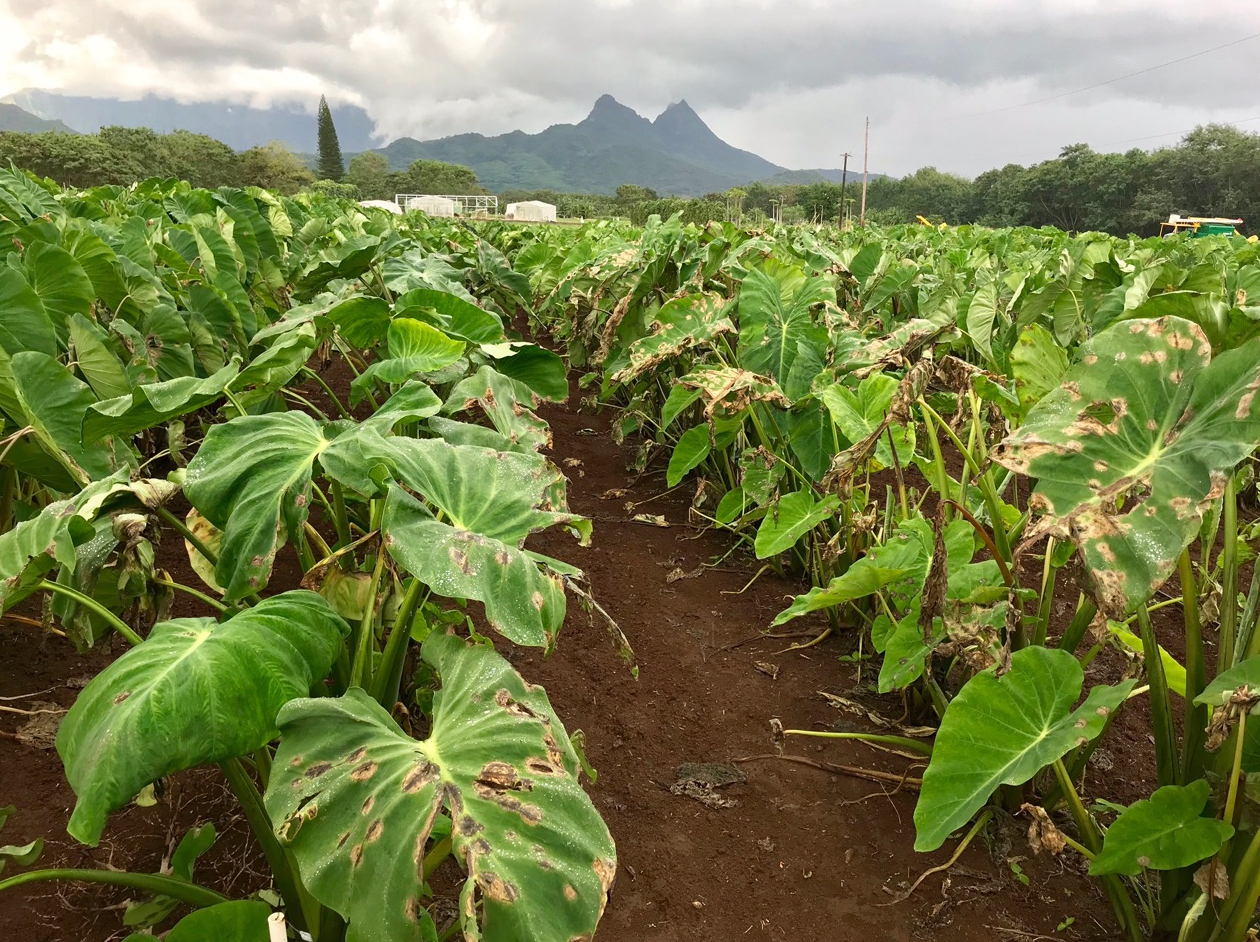
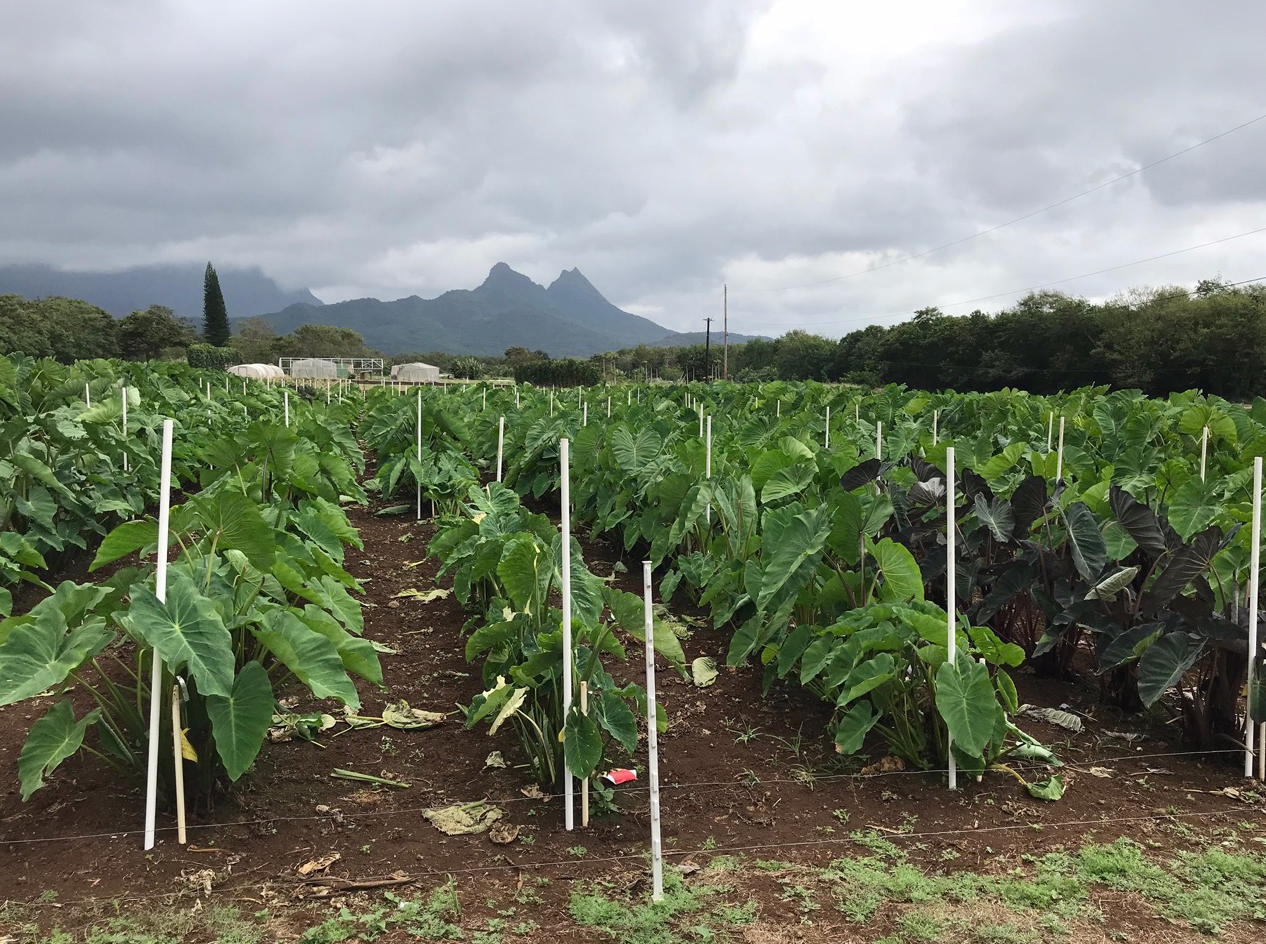
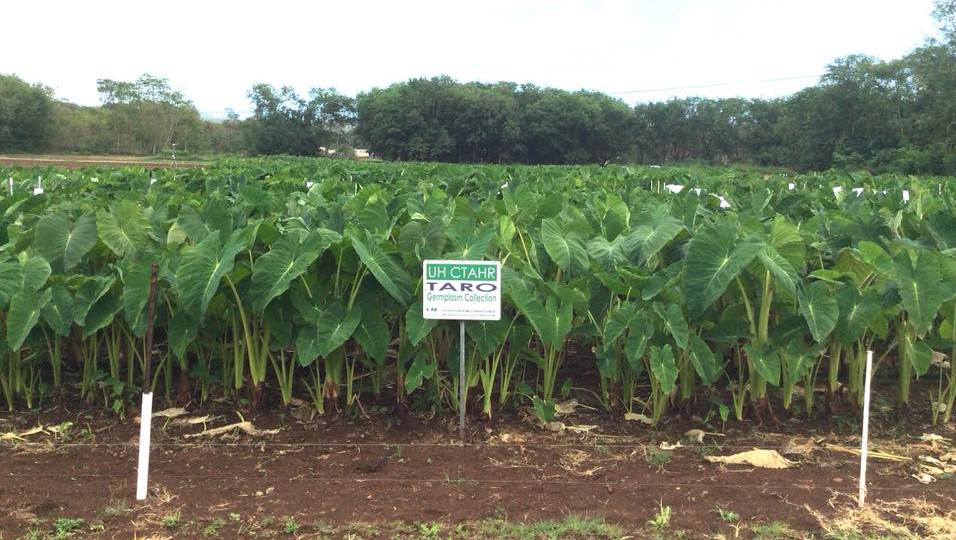
Disclaimer:
Opinions or recommendations are those of the author(s)and do not necessarily reflect the views of their employers or funding agencies. Mention of a trademark or proprietary name does not constitute an endorsement, guarantee, or warranty, and does not imply recommendation to the exclusion of other suitable products.
